History of the Church
1247
A charter of the Cathedral Chapter of Veszprém is the first to mention the church under construction in 1247. This is why researchers assume that the date when the church was founded and constructions began was 1246 or 1247.
1257
The first known rector of the church, Keresztély, started his ministry this time in the “budaújhegyi” church named after the Virgin Mary. He administered the church until 1272.
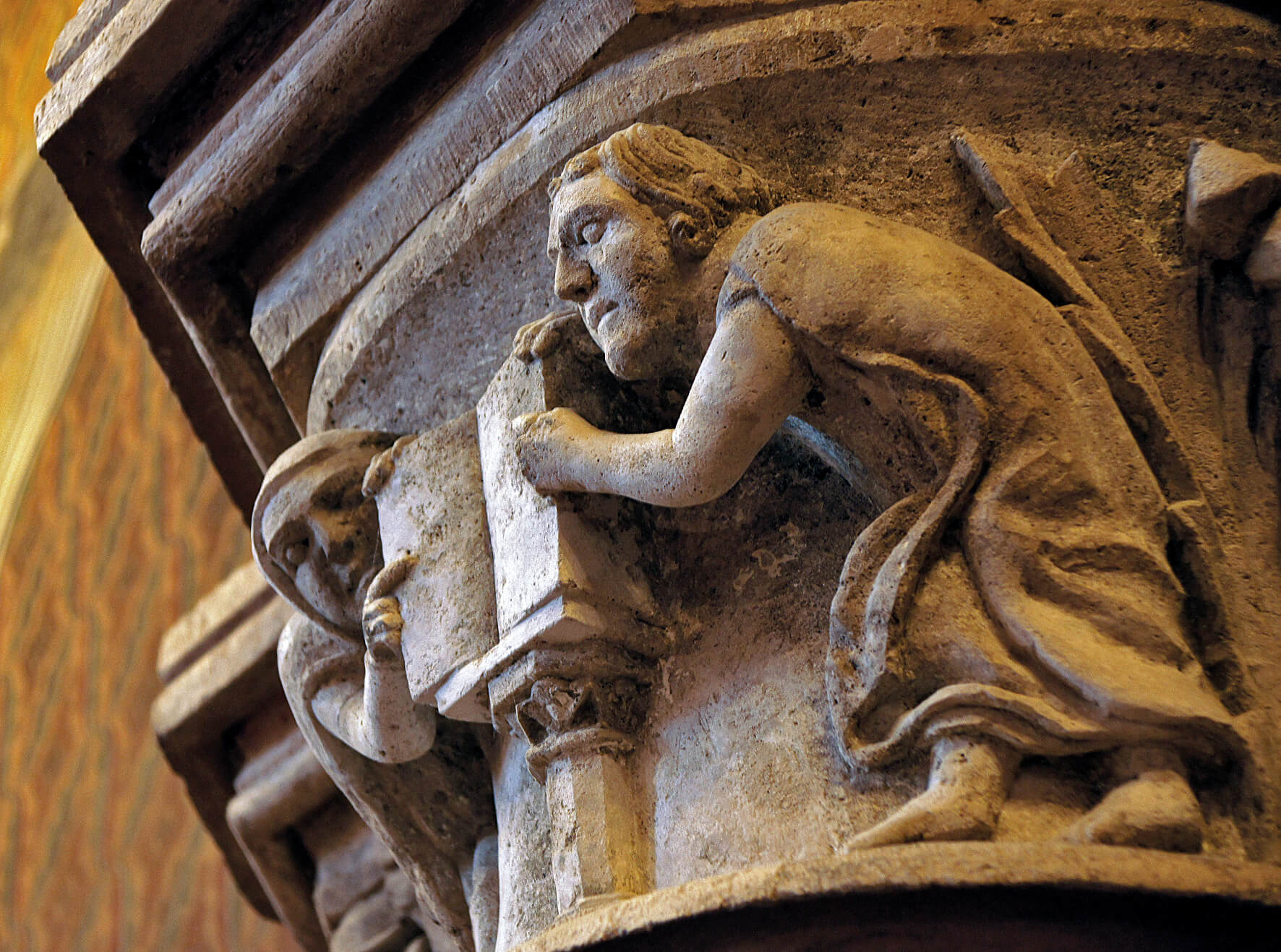
1309
Charles I, also known as Charles Robert was crowned with a provisional crown in the church on 15 June 1309.
1384
On the 8th Sunday before Easter (i.e. on 14 February 1384), the southern tower of the church collapsed during a Holy Mass. Eberhard Windeck’s memoir reported that nobody was hurt in the accident.
1414
Starting at the end of the 14th century, the church was significantly renovated after the collapse of the tower. The construction works took a long time as a papal indulgence was issued to support them even in 1414. By lifting the vaults of the aisles a hall was created, and the sanctuaries of the aisles were extended and transformed into polygonal spaces.
Photo: Mónika Merényi
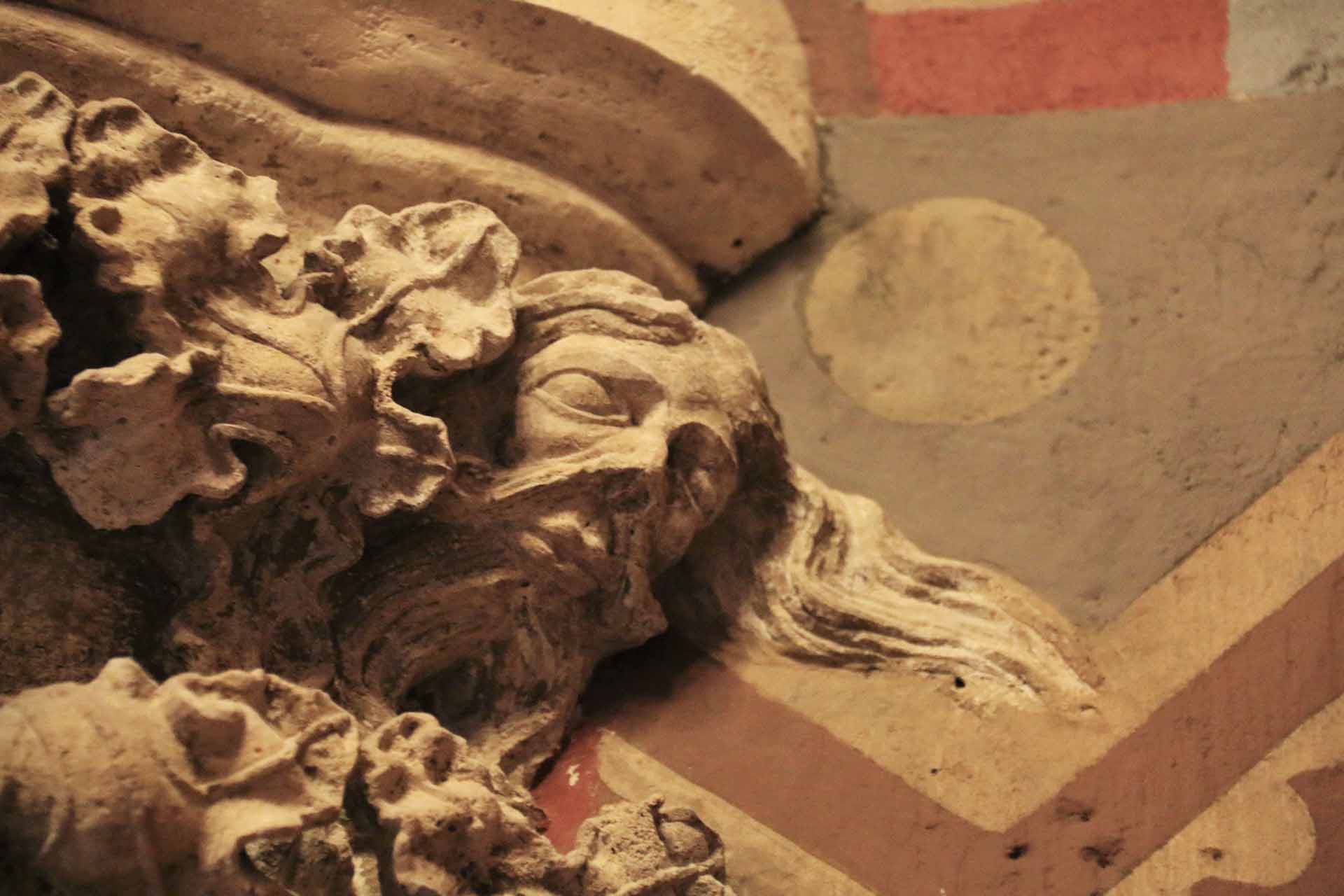
1433
The Garai family’s All Saints Chapel and the tomb chapel of Johann Ellenpeck, a citizen of Buda, were built at the sides of the church by 1433.

1458
Following his election as king, Matthias Corvinus attended a solemn Mass of thanksgiving in the church. The King, who reigned from 1458 to 1490, was inextricably linked with the church.
Photo: Mónika Merényi
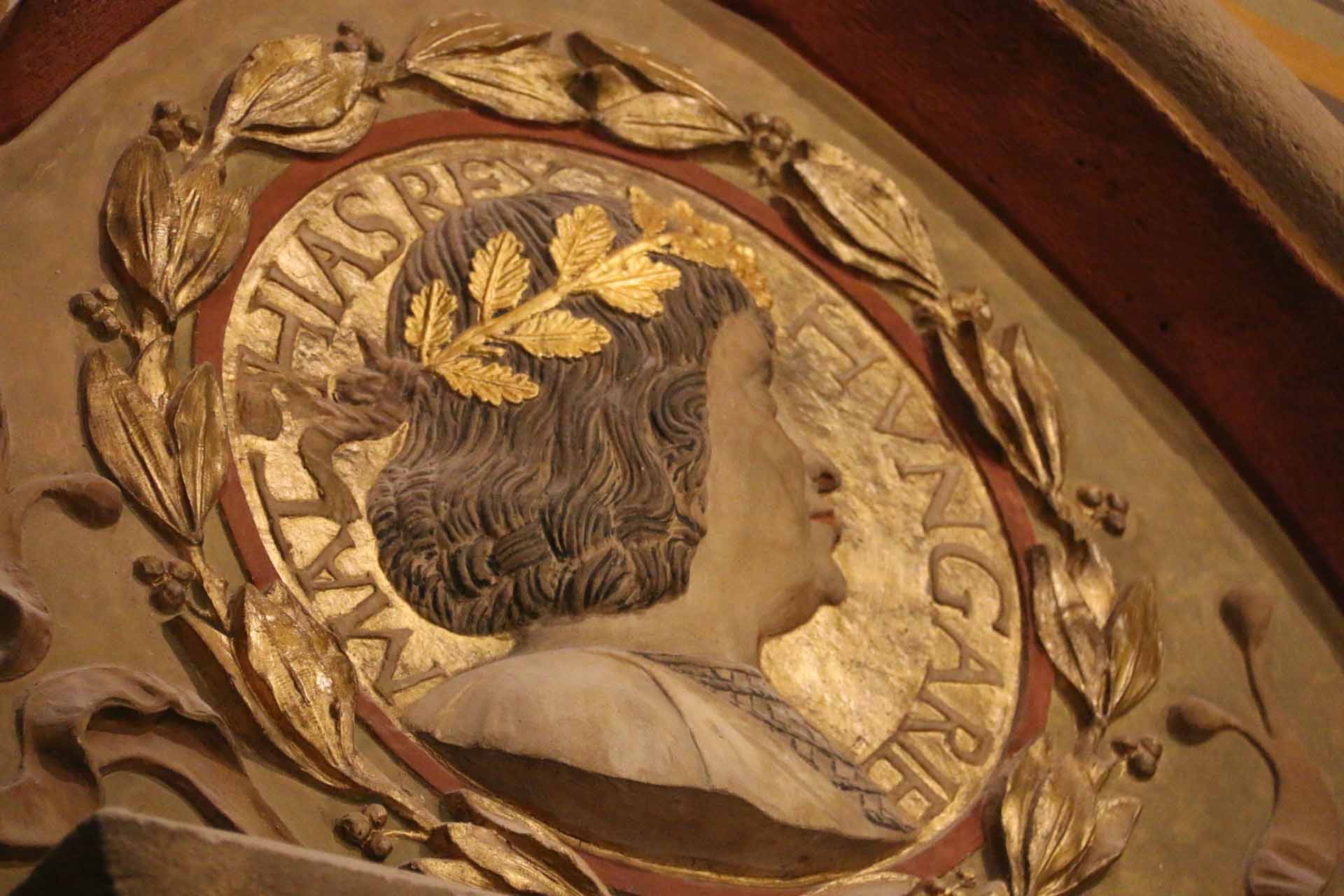
1463
King Matthias married Catherine of Podebrady, the daughter of the King of Bohemia, here on 1 May 1463.
1470
At the beginning of the 15th century the construction of the tower was finished. King Matthias had his coat-of-arms placed on the southwestern wall of the tower.
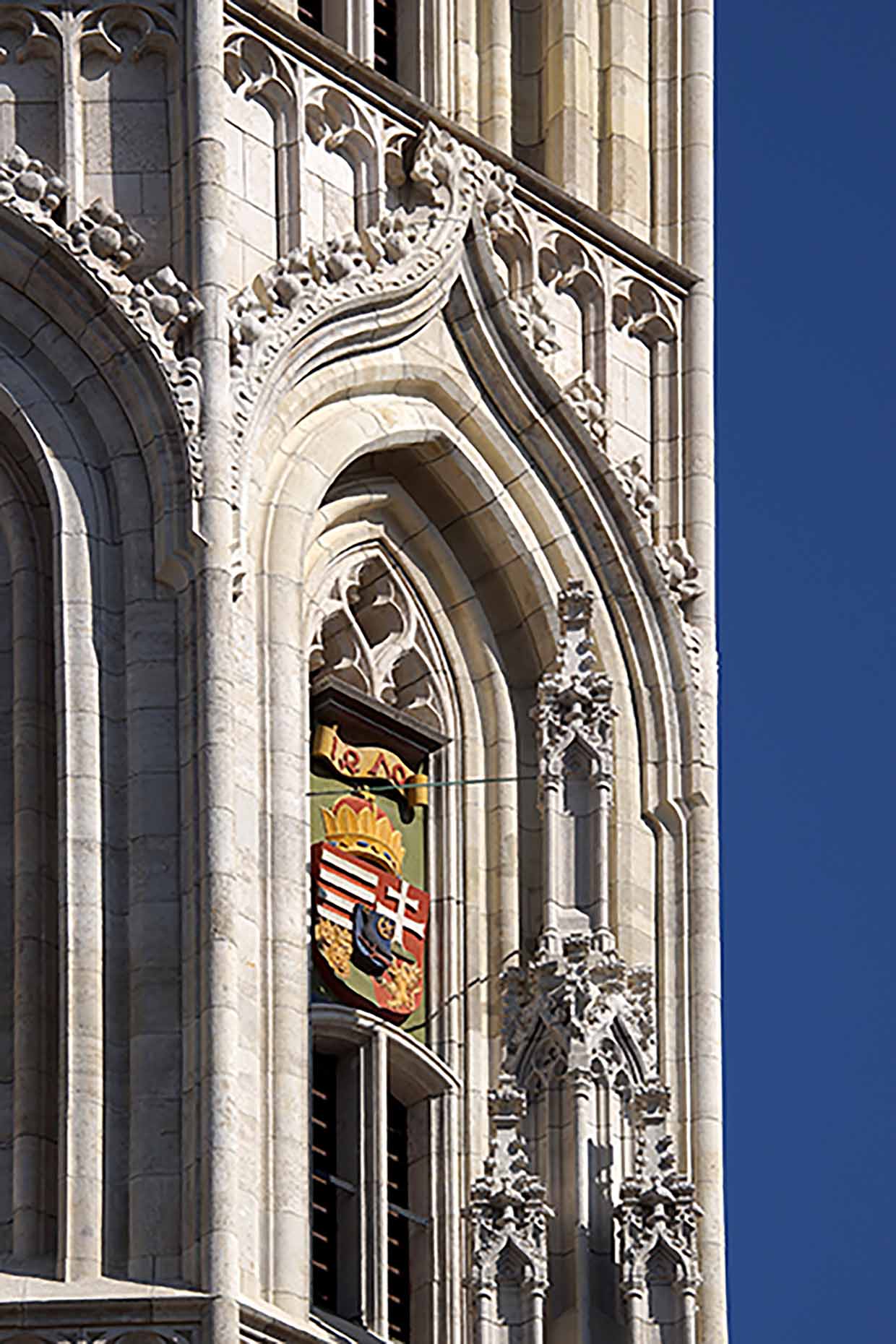
1476
King Matthias was widowed early, and married his second wife, Beatrice of Aragon, also in the Church of Our Lady in December 1476.
1515
King Vladislaus II donated a Madonna sculpture to the church for the reason that he had escaped the assassination attempt planned against him.
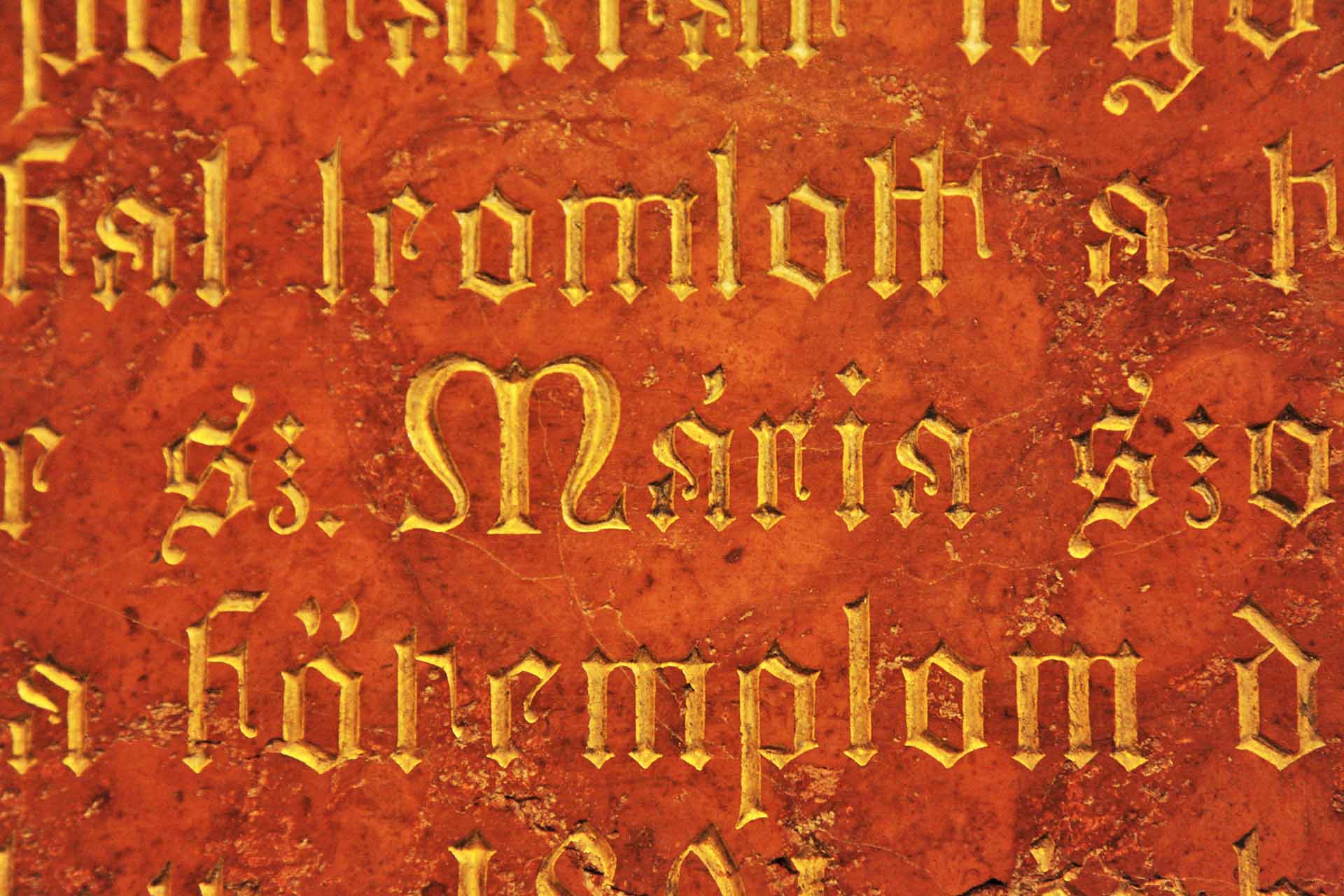
1541
Suleiman the Magnificent occupied Buda. The Church of Our Lady, the city’s main church was turned into a mosque.
1686
On 2 September 1686 the allied Christian troops reconquered Buda under the leadership of Charles V, Duke of Lorraine and Maximilian II Emanuel, Elector of Bavaria.
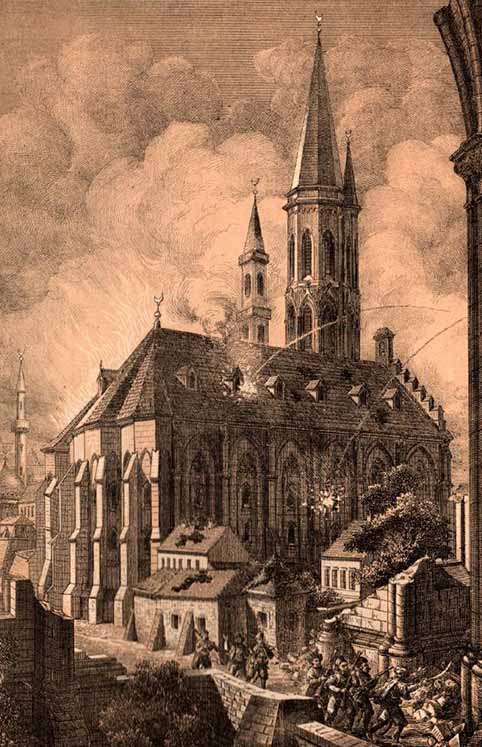
1688
The Jesuit Order administering the church started a construction next to the church in 1688. On the northern side a dormitory and on the southern side a seminary was added to the church.
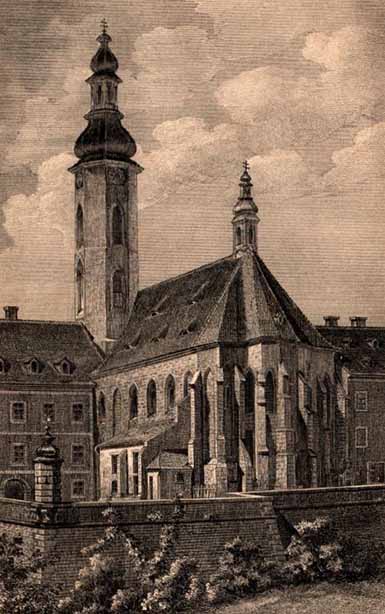
1723
A great fire swept through the city of Buda in which the church and the adjacent buildings were badly damaged.
1773
Pope Clement XIV dissolved the Jesuit Order. From that time on, the church fell under the control and patronage of Buda city.
1780
A burial chapel was created under the sanctuary for the Zichy family.
1785
On 15 November 1785 a significant part of the treasures, dating from the Middle Ages and the Jesuit era, of the Church of Our Lady of Buda was auctioned.
1810
By 1810 the church’s clock tower was completed.
1841
Due to its poor condition, the tower’s metal steeple was replaced with simple shingled roof.
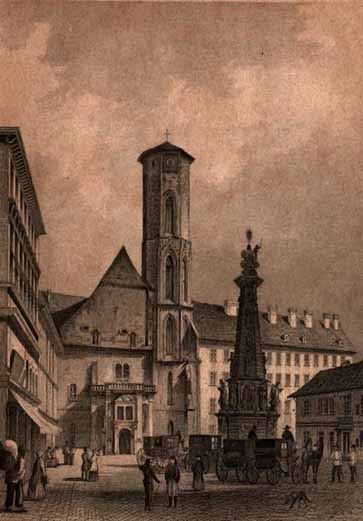
1867
After signing the laws of the Austro-Hungarian Compromise, Franz Joseph Emperor of Austria and his wife Queen Elisabeth were crowned Hungarian king and queen in the church on 8 June 1867.
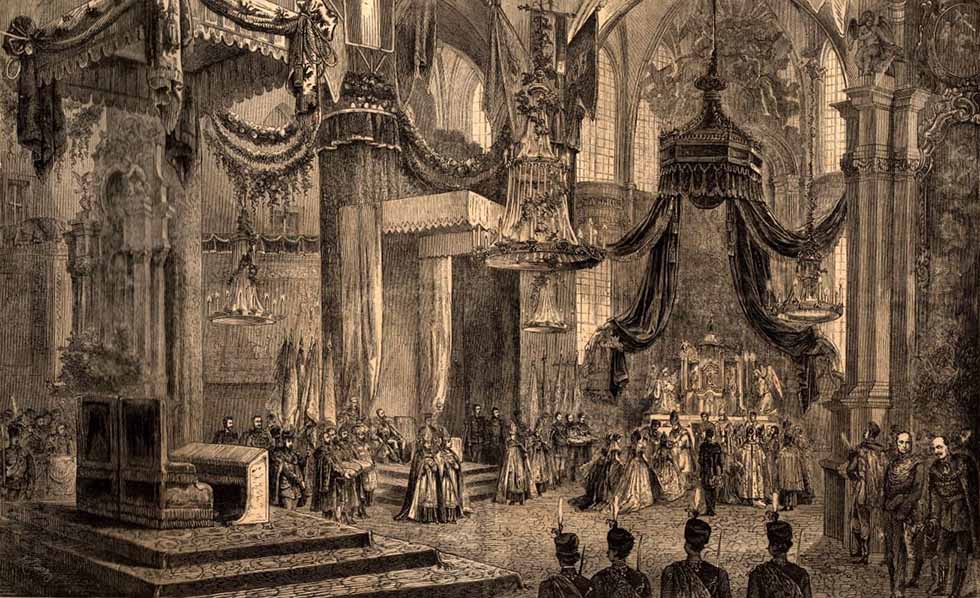
1873
The restoration of the church started, and was led by Frigyes Schulek.
Photo: Fortepan
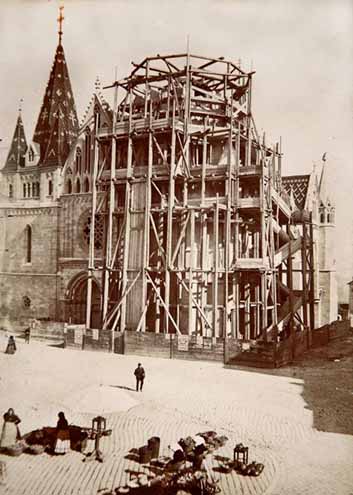
1896
The renovated building was consecrated by Prince Primate Kolos Vaszary on 15 August 1896.
1898
The earthly remains of King Béla III and his wife, Anne of Châtillon, were ceremoniously reburied in the church’s Holy Trinity Chapel.
Photo: Mónika Merényi
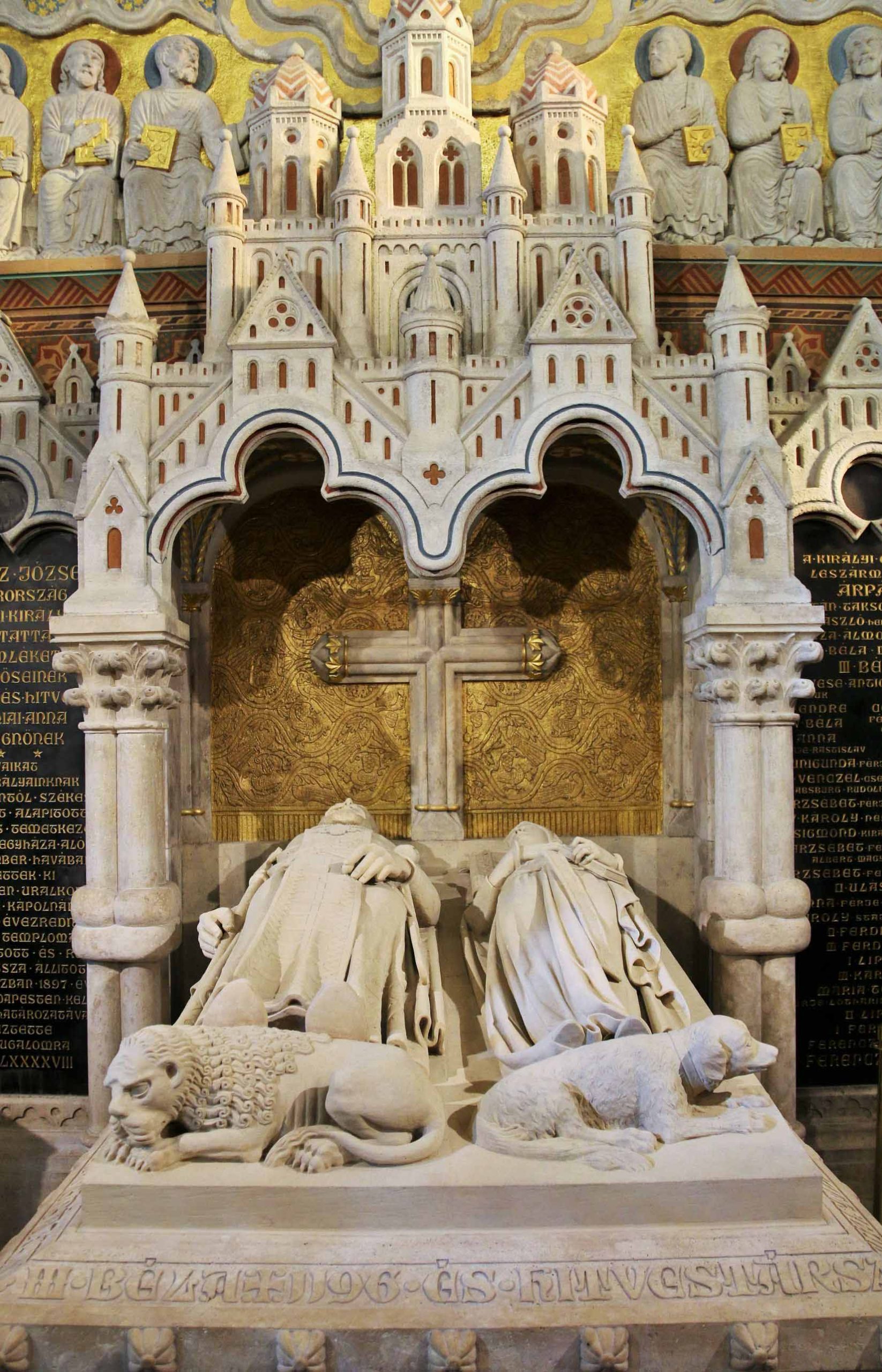
1907
Franz Joseph made a donation on the occasion of the 40th anniversary of his coronation as King of Hungary which financed the church’s new organ, the so-called “King’s Organ”.
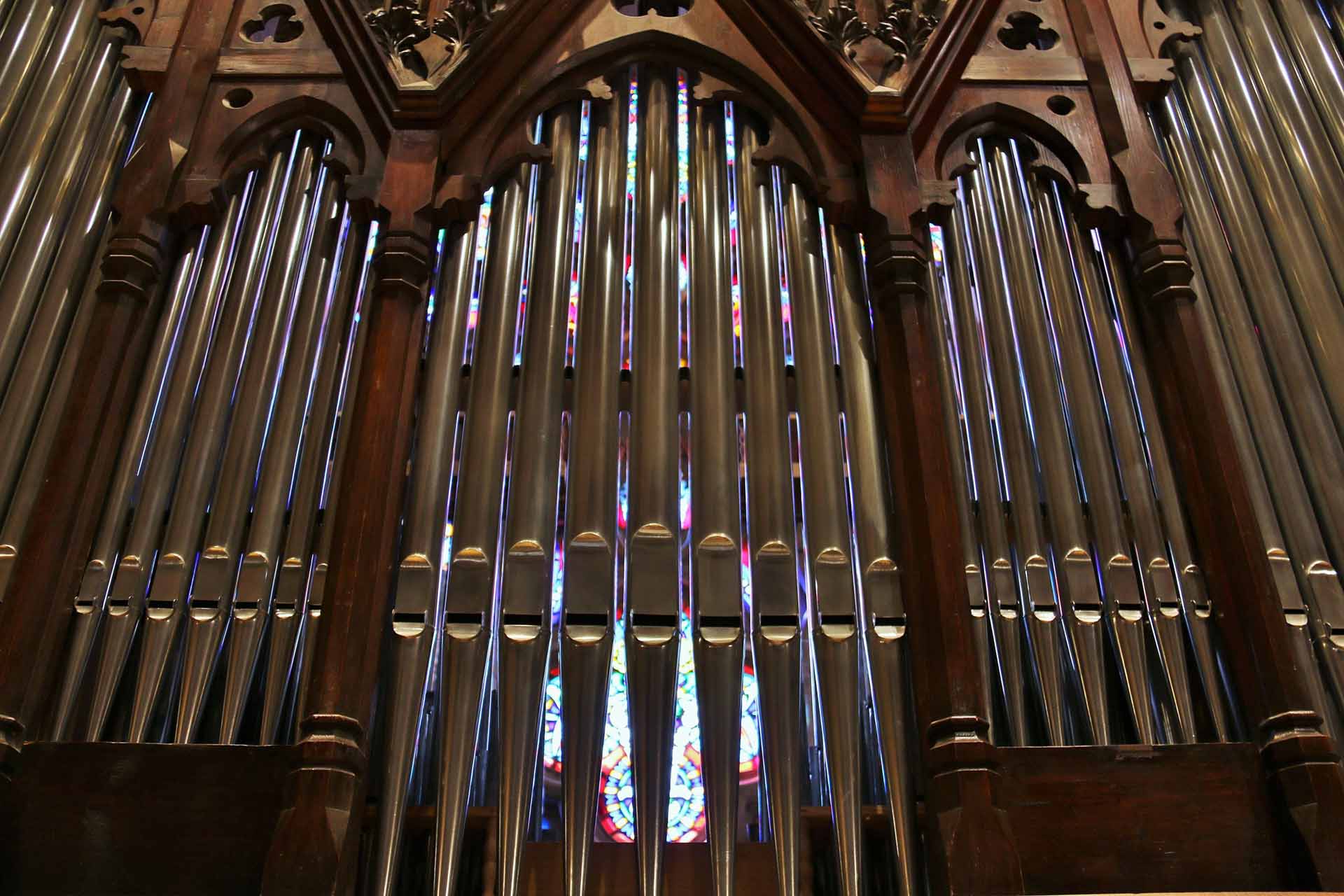
1916
Blessed Charles IV and his wife, Zita of Bourbon-Parma, were crowned in the church on 30 December 1916. This was the coronation of the last king of Hungary.
1933
Between 1933 and 1944 the church was restored again under the direction of János Schulek.
Photo: Fortepan
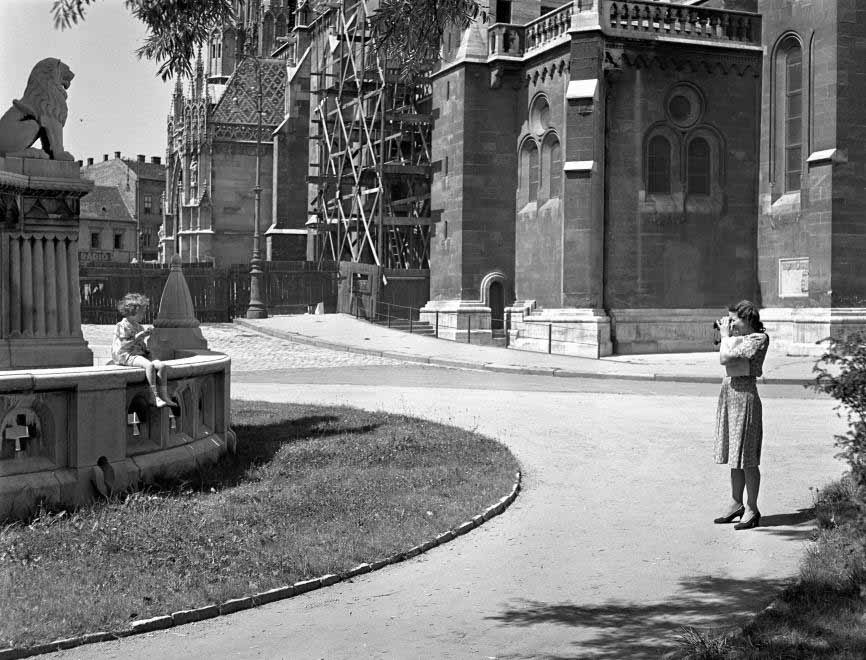
1938
On the occasion of the 34th International Eucharistic Congress Prince Primate Jusztinián Serédi welcomed Papal Legate Eugenio Pacelli (who later became Pope Pius XII) in the Main Church of Buda Castle on 23 May 1938.
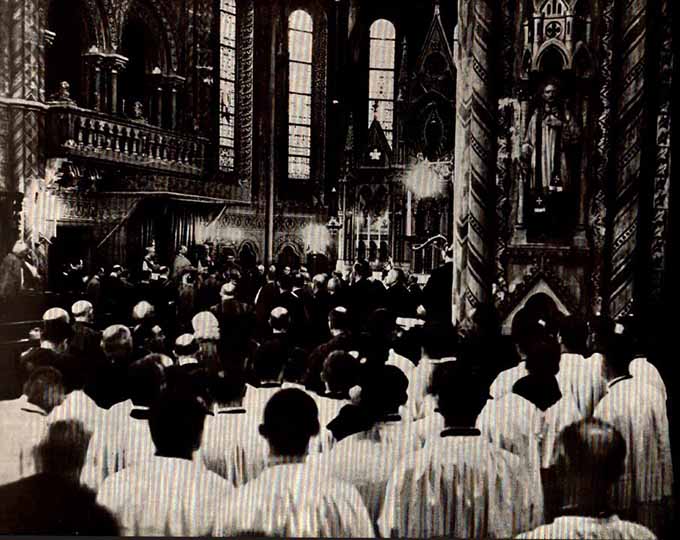
1944-45
At the end of World War II, during the siege of Budapest the church was severely damaged.
Photo: Fortepan
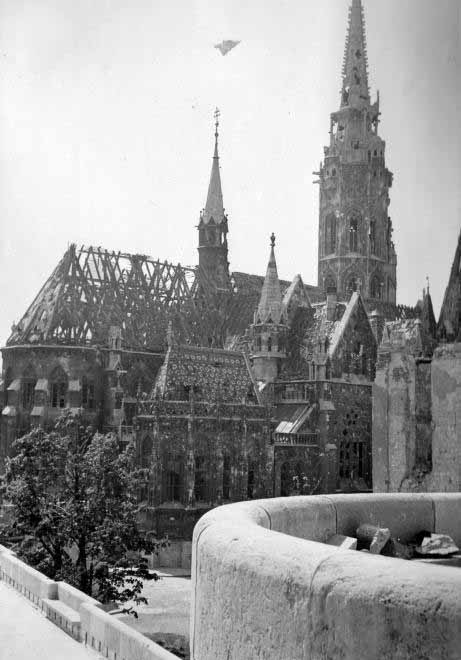
1954
The restoration after World War II started in 1954 and lasted until the 1970s.
Photo: Fortepan
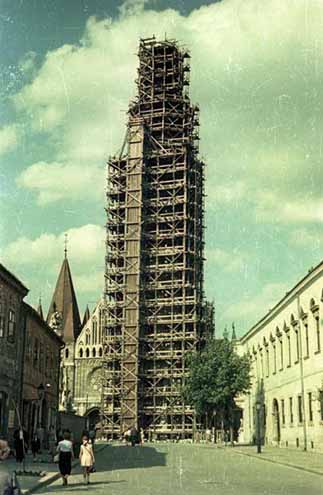
1964
To display the Church art collection of Matthias Church, Rector János Tóth established a museum in the church.

1991
During his pastoral visit to Hungary, Saint Pope John Paul II made a speech to seminarians and novices, and prayed with them on 19 August 1991.
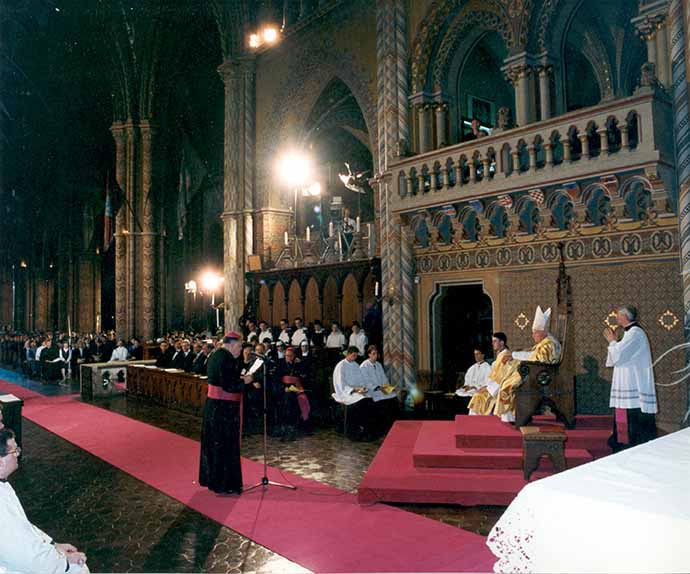
1994
A bomb exploded at the undercroft’s east entrance early in the morning on 23 July. Restoration and renovation works were financed from public contributions.
Photo: Tihanyi-Bakos
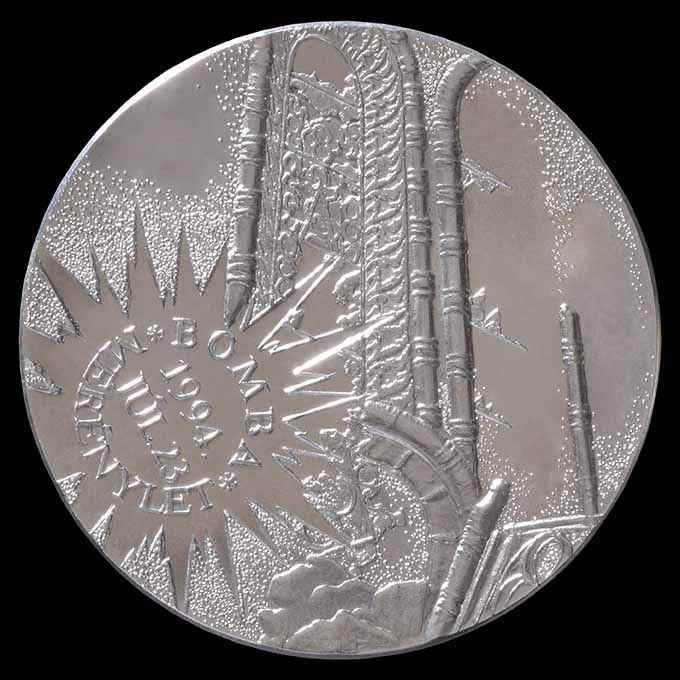
2000
The members of the church’s community brought the replica of the Holy Crown of Hungary, blessed by Saint Pope John Paul II, from Rome to Hungary within the framework of a pilgrim walk. The Virgin Mother statue standing on the main altar was crowned with this replica in memory of the Foundation of the Hungarian State on 15 August 2000.
2004
Between 2004 and 2013 the church was fully refurbished again.
2010
Between 2010 and 2011 four new bells were cast in addition to the two historical bells.
